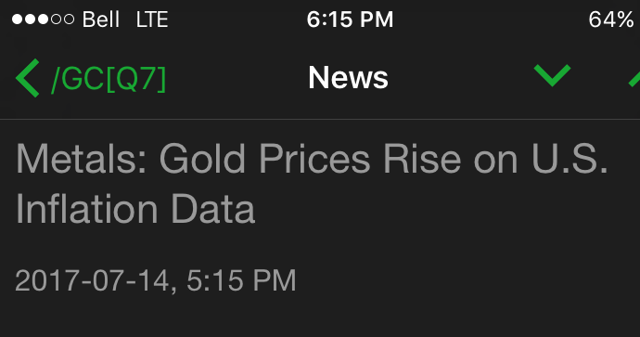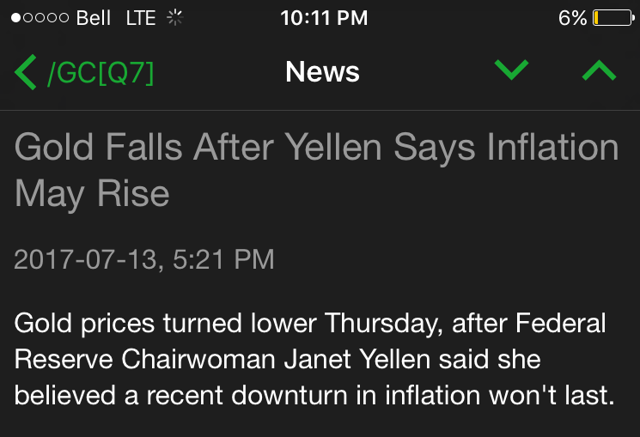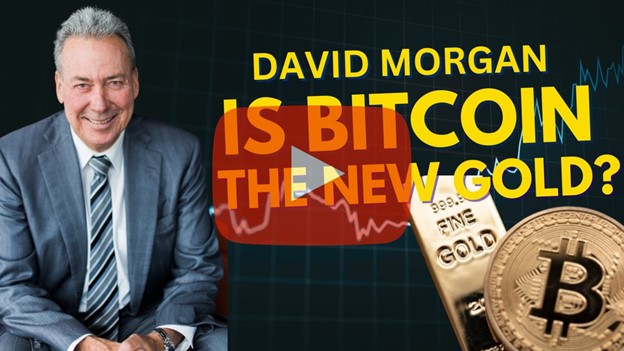As I have been writing publicly for over 13 years, and have been running my services for and teaching trading and investing to thousands of retail customers and money manager clients for the same, I have learned a lot about how most of you approach the market. More importantly, I have learned what most of you do wrong, as the mistakes made by most seem to be quite universal and ubiquitous.
So, let’s discuss a few of the pitfalls into which most of you fall.
Narratives
Too many investors and traders will buy into a concocted narrative about the market or a stock despite the lack of empirical evidence regarding its truth or falsehood. Moreover, it rarely makes any difference if it is one that contradicts a narrative you told yourself the prior day.
Consider how often you will see the market react in the exact opposite ways but seemingly to the exact same information being published on two consecutive days from two different economic sources. Here is a great example I have used many times before regarding gold:

As you can see, we had two news events suggesting the same thing about inflation (the reports suggested inflation was dropping) within a day of each other, yet gold moved in exactly opposite directions seemingly based upon the same news.
As Daniel Crosby as noted in his book The Behavioral Investor:
“Storytelling bypasses many of the critical filters we apply to other forms of information gathering . . . For this reason, stories are the enemy of the behavioral investor. . . . Nowhere is the power of a narrative more fully realized than in IPO investing. . . . Cogliati, Paleari and Vismara who in ‘IPO Pricing: Growth Rates Implied in Offer Pricing’ that the average IPO in the US has gone on to underperform the market benchmark by 21% per year in the first three years following its release. Despite massive underperformance, there is no good reason to suppose that demand for IPO’s will wane in popularity in the years to come. After all, there will always be stories.”
The problem is based upon the fact that narratives are quite convincing, yet are often wrong. And, reliance upon such reasoned narratives often leads to large losses in the market.
As Ben Franklin once noted, “so convenient a thing it is to be a reasonable creature, since it enables one to find or to make a reason for everything one has a mind to do.”
And, once you have bought into a specific reasoned narrative, the evidence shows that it is almost impossible for you to view that narrative objectively. As Francis Bacon noted, “the human understanding when it has once adopted an opinion (either being the received opinion or as being agreeable to itself) draws all things else to support and agree with it.”
Moreover, as Daniel Crosby also noted in his book The Behavioral Investor:
“A 2009 study out of Ohio State found that people spend 36% more time reading an essay if it aligns with their opinion. . . Regrettably, for honest seekers of truth, it is becoming easier and easier to avoid information that doesn’t square with a cherished personal narrative.”
Therefore, once you buy into a narrative, it is quite unlikely that you will be able to extricate yourself from your position if it turns the wrong way.
Hope / Inability To Objectively Know When You Are Wrong
I have always said that “hope” is the most dangerous four-letter word in the English language for an investor or trader. I have seen this thousands of times in my career and it is one of the worst habits investors display.
An investor will buy into a position (usually based upon some narrative), and continue to ride that position lower and lower while they “hope” they are right and that the price will turn. And, by the time the fundamentals or narrative have shifted to the point the investor finally realizes they were wrong, they often find themselves down 10% or a lot more.
This then causes a change in the investor’s perspective from one of almost certainty regarding this investment to one where he now resigns himself to the foolish belief that it is not a loss until he sells. The main problem is that these investors often have no objective manner in which to determine when they are wrong early enough for them to minimize their losses, which then only leaves them with hope.
For this reason, I have advised the thousands of investors and traders we have taught through the years that you must have an objective plan in place before you enter the trade or investment. You must know where your ideal entry is, where you intend to take profits, and where you exit with a small loss because you are wrong in your assessment. And, we develop these price levels at The Market Pinball Wizard through the use of Fibonacci mathematics. This should be part of every single investor’s risk management plan.
As Warren Buffett has become known for saying, “the first rule of an investment is don’t lose [money]. And the second rule of an investment is don’t forget the first rule. And that’s all the rules there are.”
Not knowing what time frame is beneficial for you
After training thousands of investors and traders through the years, one of the other problems that I often see is a lack of self-awareness as to the time frame that best suits their personality. You see, the personality of a day trader is very different from that of a swing trader and very different from that of an investor. Understanding which time frame best suits your personality and skill set is absolutely necessary for success at your endeavor.
I have seen too many people attempt to force themselves into day-trading and lose a significant amount of their money thereby. While many claim that 95% of day traders lose money, the actual statistics suggest it is somewhere between 64-72%. Moreover, 40% of day traders quit within the first month, only 13% of day traders remain active after three years, and only 7% of day traders remain active after five years. And, the reason is that there are very few people who can continue to do it due to how hard it is on your nerves. And, that even applies to those who can do it well.
Therefore, another piece of advice I have given to all those that enter the virtual doors of our services is to make sure you identify the type of trader/investor you are, and the timeframe which suits you best.
So, the question I am going to leave you all with right now revolves are whether you have a risk management plan in place for the stock market? You see, we are likely approaching what may be a generational market top, leading to a long-term bear market, about which I have written of late in prior articles. Therefore, do you have a risk management plan in place to reduce your losses, or is your intention to hold on through what could be a 60-80% loss? Of course, you can always take the position that it’s not a loss until you sell. (smile)
Read the full article here












Leave a Reply